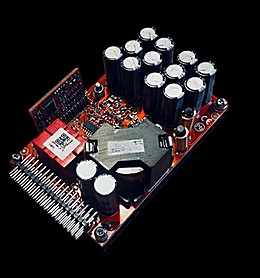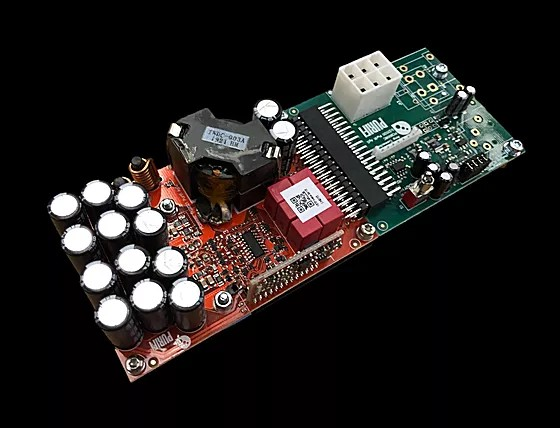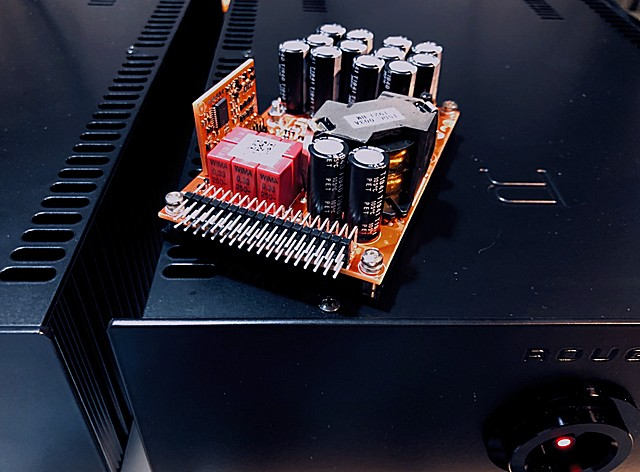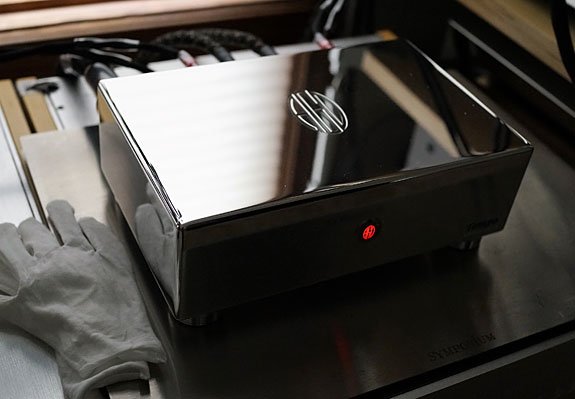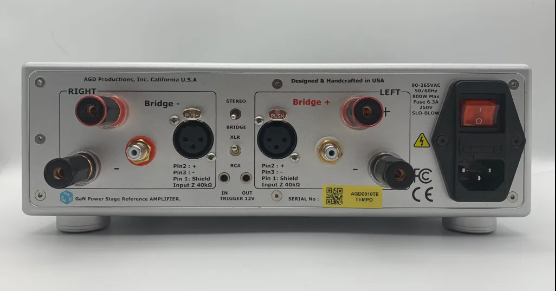The problem with pointing them towards the speaker is the significance of the speaker's radiation pattern, aiming accuracy and specific goals. The three are interactive.Kal - If I use the REW software with a calibrated mic (either the one you suggest or the Drayton one that comes in ML's PBK kit), would you suggest that the mic is pointed towards the speakers or upwards towards the ceiling?
I ask because the Dirac instructions say point upwards, but my results were poor, probably as there's a pendant light above some measurment positions. This causes the left speaker to play louder when the filter is engaged. I hope you'll say it's usually best to point towards the space midway between the speakers. Thanks. Peter
1. If your goal is purely to fix low frequencies and modal-range EQ, it does not matter how you aim the microphone since LF radiation of most speakers (not panels or dipoles) approaches omnidirectionality as does the directional response of the microphone.
2. If your goal is to extend the EQ above that range (i.e., above the Schroeder or critical frequency), you can aim the mic directly at the speaker with REW and take measurements from one speaker at a time, although the mic is likely to be more directional than your ear(s).
3. With Dirac and many other EQ systems which sweep both/all speakers from each mic position, aiming the speaker upwards provides equal treatment for all the speakers above the critical frequency and is also suitable for all the speakers below the critical frequency.
4. Pointing the mic to the mid-way point between the speakers is possible but I'd suggest you consult John Mulcahy at REW. I've done it to characterize a pair of speakers but not for EQ purposes.

















